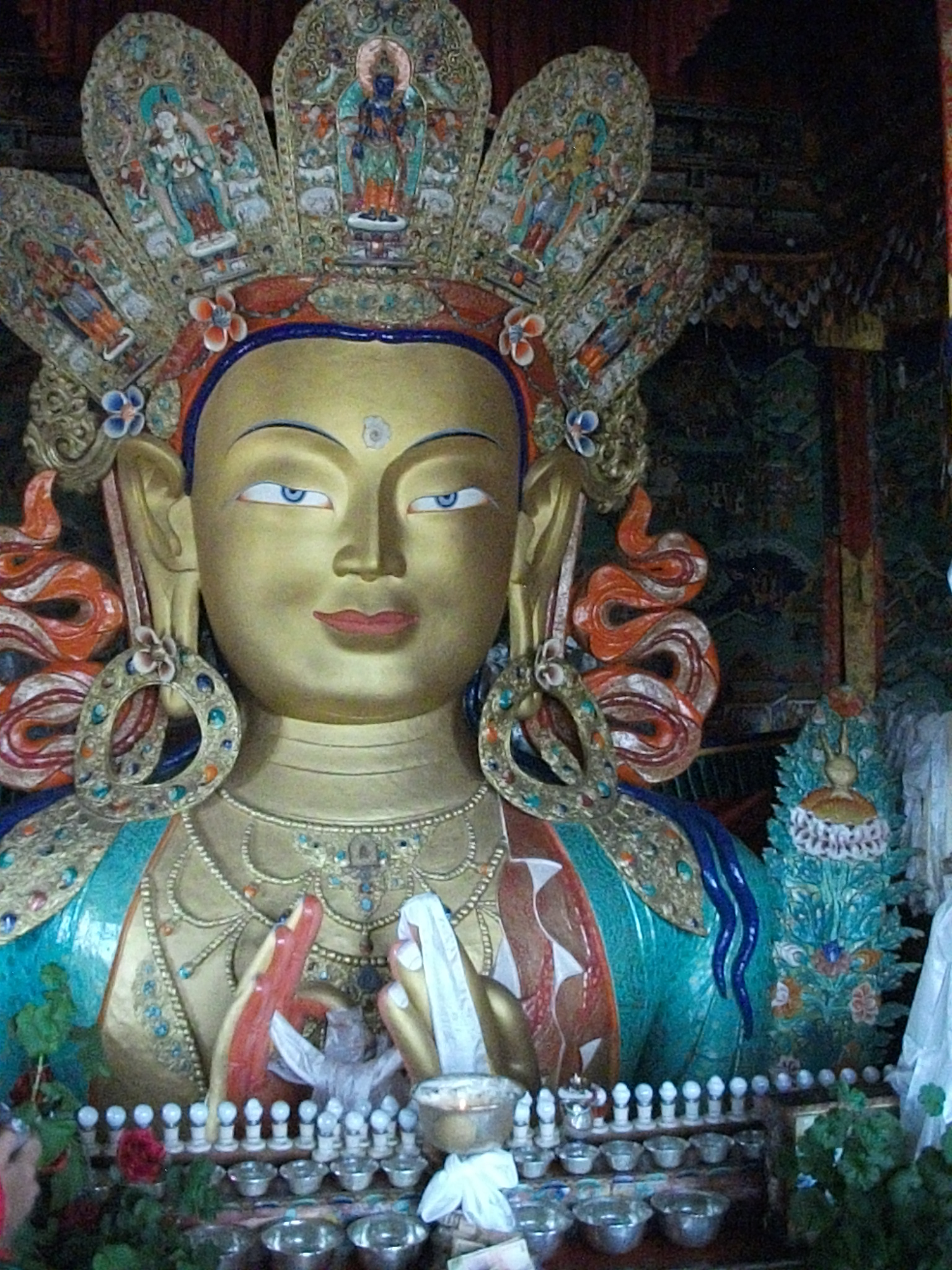The Lung at High Altitude: From cellular acclimatization to clinical disease
August 3-7, 2012
Leh, Ladakh, J&K, India
Prior to the Global Hypoxia Summit and 4th International Conference on Chronic Hypoxia held in India, the Leh Symposium was carried out under the direction of Dr. Qadar Pasha, the organizing secretary that efficiently carried this meeting. We were invited speakers thanks to Dr. QadarPasha and substantially Prof. Thuppil Venkatesh.
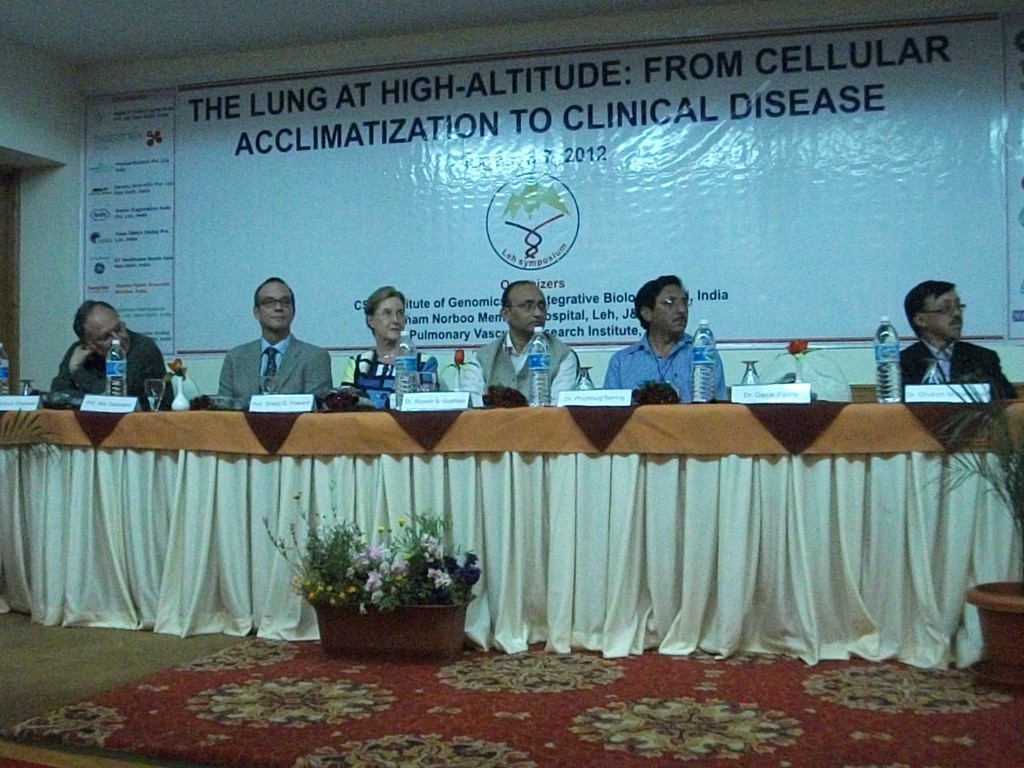
It was an atmosphere of science and friendship, with pleasant discussions on the many aspects motivating the search for knowledge in hypoxia. Leh is located at 3500 m of altitude quite similar to La Paz. It is over an hour flight from Dehli. I understand there are 27 flights per day so it is a very popular tourist destination.
And of course, where you experience hypoxia. The Pulmonary Vascular Research Institute (PVRI) also participated as coorganizer. Likewise, the Institute of Genomics and Integrative Biology under the direction of Dr. Rajesh S. Gokhale, based in Dehli and the Sonam Narboo Memorial Hospital in Leh, J&K, India with Dr. Ghulam Mohammad. He kindly had us visit the hospital premises.
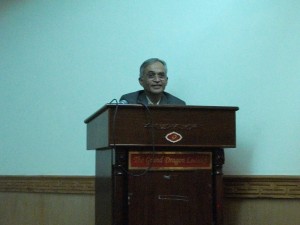
Several members of the PVRI were present including Ghazwan Butrous who recorded the conferences live and these will be available for the Fellows of the PVRI on their website. We again met Prof. Dr. Max Gassmann of the University of Zurich, Switzerland. He presented his work on Erythropoietin’ impact on exercise performance. Noteworthy was the presence of Dr. Sheila G. Haworth of the UK. She gave an intersting talk about surviving birht ath any altitude, Hypoxaemia to Normoxaemia. Prof. Thuppil Venkatesh, proposed a novel idea of gene mixing to improve human performance.
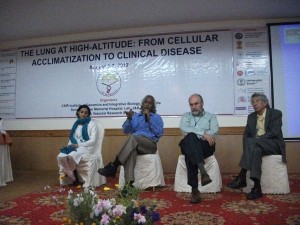
Robert Naejle from Universite libre de Bruxelles, was very inquisite and critical about the presentations, which gave it a stimulating touch, that we personally greatly enjoyed! He talked about pulmonary disffusion and exercise physiology. Jose Lopez-Barneo, from Spain gave an interesting talk about about the effects of chronic hypoxia on peripheral and central neurogenic centers. We also enjoyed the comments of Rubin Tuder from Denver Colorado. He talked about pulmonary vasculature and hypoxia signaling. Hari S. Sharma gave a brief talk on Angiogenensis and tissue remodeling. Dr. Gabriel Diaz from the Universidad Nacional de Colombia, in Bogota, talked about the hyperreactivity of the pulmonary vascular tree. Anita Saxena from the All India Institute of Medical Sciences talked about the Eisenmenger syndrome.
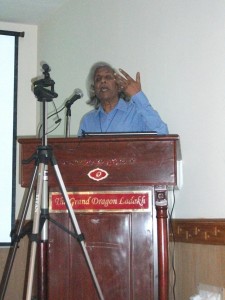
We also made good friends with Uttam Patti, from the Nehru University who was presenting interesting work on hypoxia in cancer cells. And we also were plesantly surprised by the presence of our bolivina colleague Alexandra Heath from Kardiocentrum in La Paz, Bolivia. Her work on neonatal pulmonary circulation at high altitude was also very novel. We also heard some talks on CMS from Dr. Prakash, Negi, Dr. Norboo Angchuk and Dr. Tsering Norboo.

Gustavo Zubieta-Castillo (Sr) gave a talk on Adaptation to life at the summit of Mt. Everest, adding new information to his hypopthesis. Gustavo Zubieta-Calleja (Jr), gave a conference on a complete novel concept: The Tolerance to Hypoxia Formula, affirming that the higher one goes, the more tolerance to hypoxia there is.

